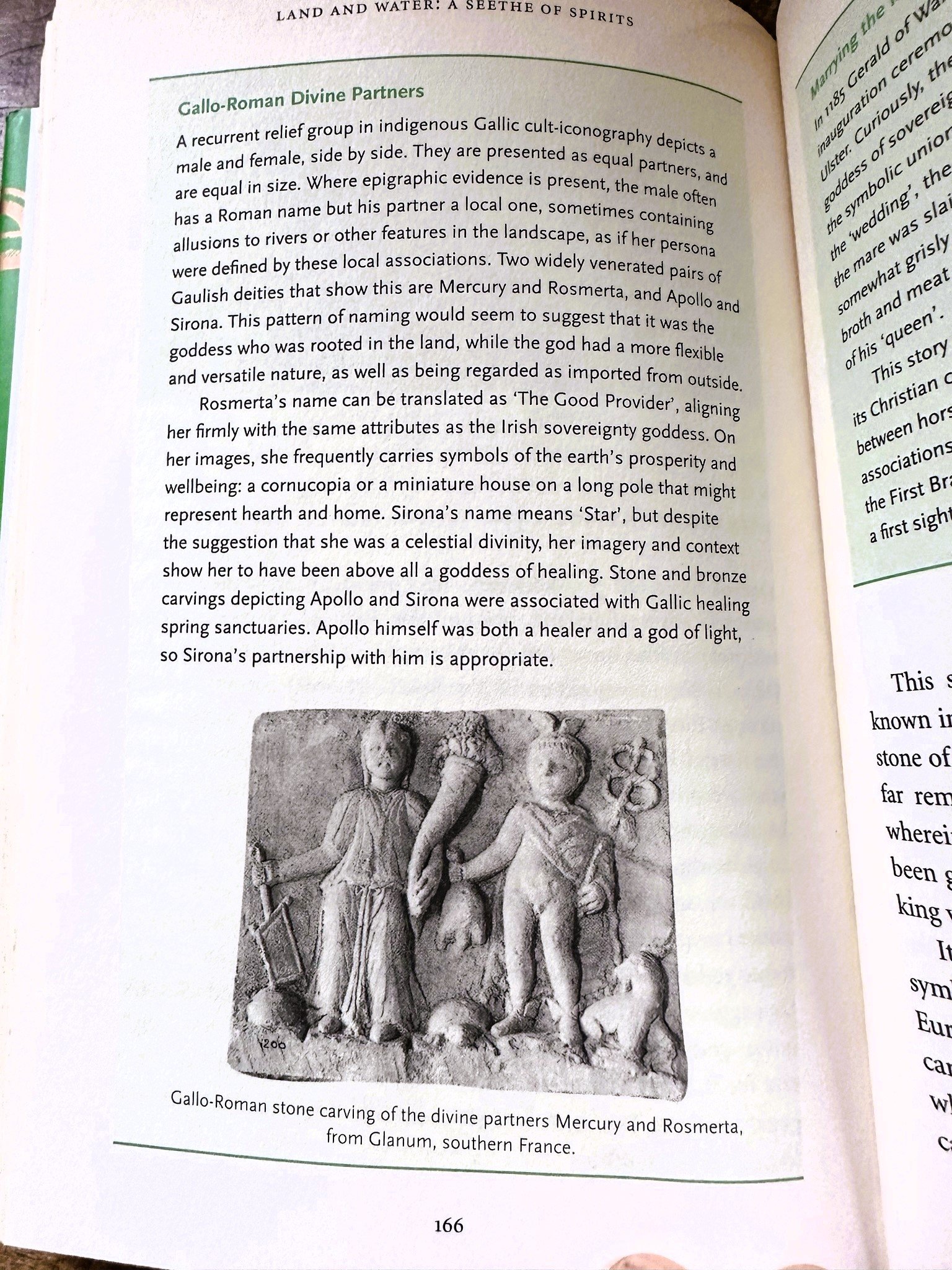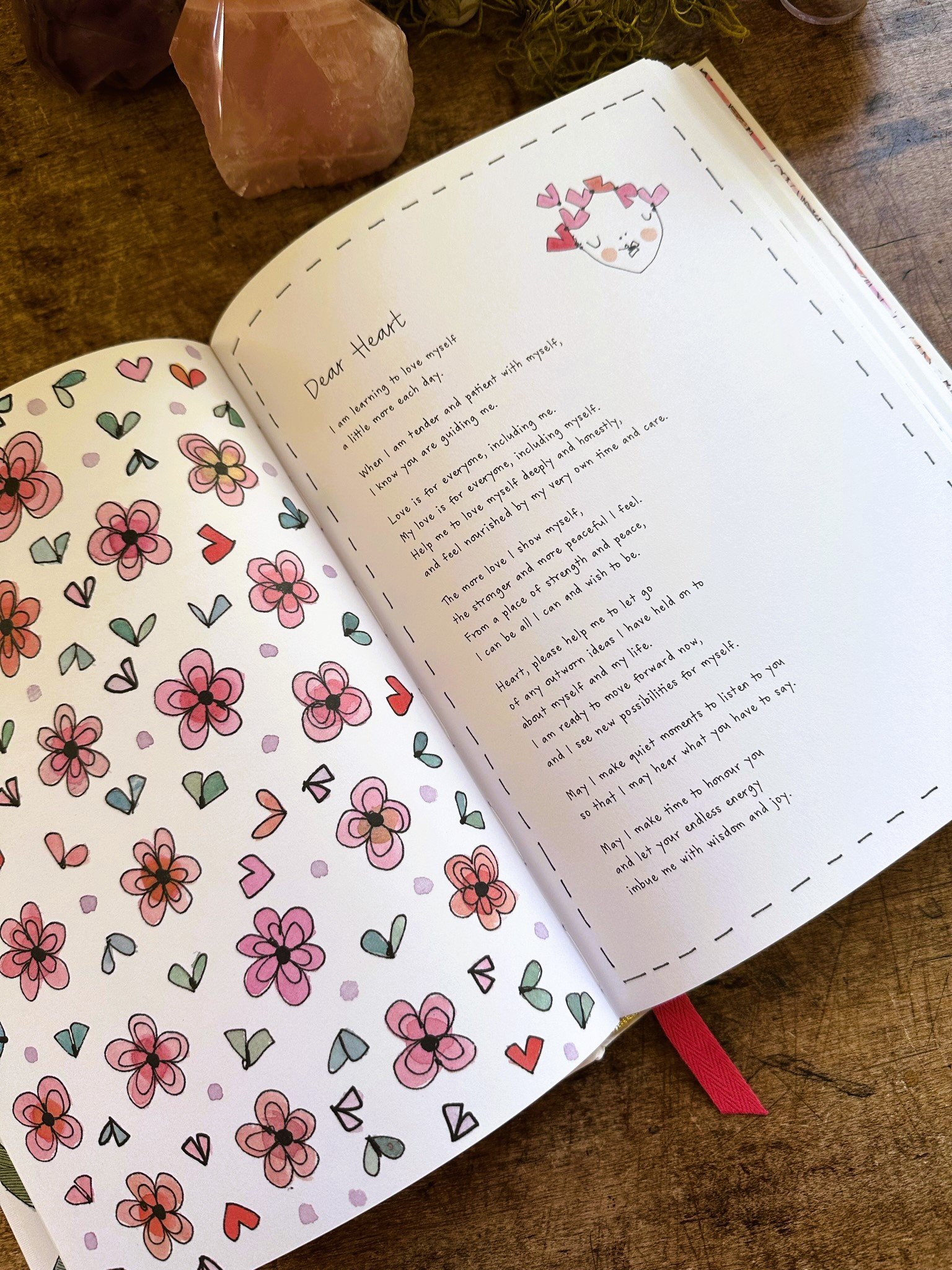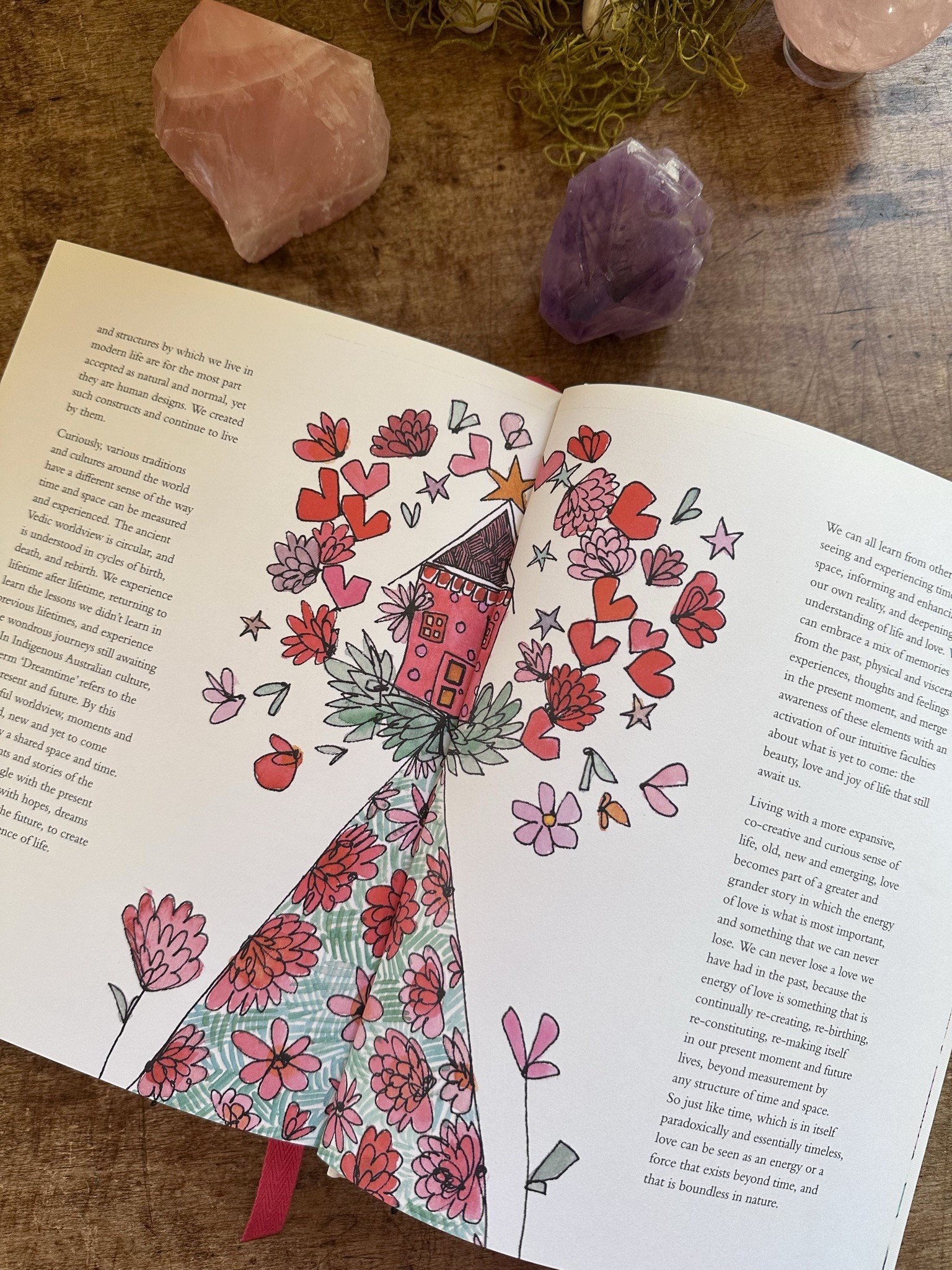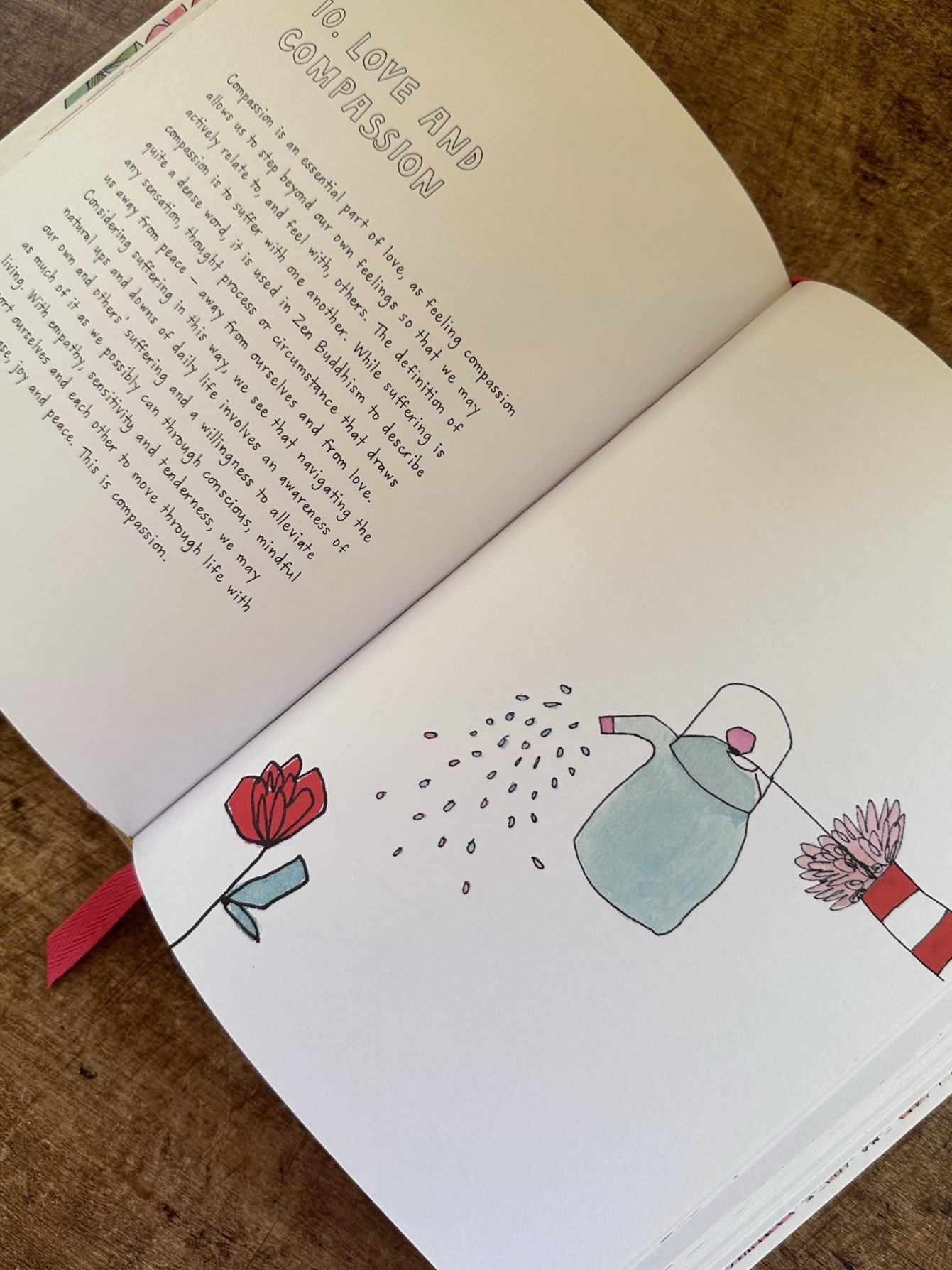Autumn's Embrace: Unveiling the Sacred In Nature
As summer's fiery reign gracefully yields to autumn's gentle embrace, the world undergoes a metamorphosis that is both breathtaking and profound. The once vibrant hues of green morph into a mesmerizing tapestry of gold, crimson, and amber, painting the landscape with a beauty that is both ephemeral and enchanting. My gardens have been quite neglected this year and so a reprieve from the worry of tending is welcome.
In this season of transition, nature unveils its sacred artistry, whispering secrets of transformation, renewal, and the interconnectedness of all things. The rustling of fallen leaves beneath our feet serves as a gentle reminder of the impermanence of all existence, while the crisp autumn air invigorates our senses, urging us to awaken to the present moment.
For countless cultures throughout history, autumn has been revered as a time of harvest and abundance, a time to gather the fruits of our labor and celebrate the natural world. It is a season of introspection and gratitude, a time to reflect on the cycle of life, death, and rebirth that is inherent in all things.
As we immerse ourselves in the beauty of autumn, we are invited to participate in the sacred art of nature observation. This art is not confined to the realm of formal artistic expression; rather, it can encompass any activity that allows us to connect with the inherent beauty and wisdom of the natural world.
Here are a few simple ways to incorporate the sacred art of nature into your autumn rituals:
Embark on a mindful walk through nature. As you wander through the woods or along a meandering trail, allow your senses to guide you. Notice the delicate patterns on fallen leaves, the intricate details of a spider's web, and the symphony of sounds created by birdsong and the rustling of leaves.
Gather natural materials to create a nature mandala. Arrange leaves, twigs, stones, and other found objects in a circular pattern. As you create your mandala, focus on the present moment and allow your creativity to flow freely. Let nature slowly take back these materials or create an intentional ceremony for yourself of dismantling this art piece you have lovingly created. What elements might you include in your ceremony - fire, water, earth and air possibly? Keep it simple at first.
Spend time in quiet contemplation near a body of water. Sit beside a stream, river, or lake and allow the gentle rhythm of the water to wash away your worries and cares. As you gaze into the water, reflect on the ever-changing nature of life.
Create a seasonal altar. Gather objects that represent the beauty of autumn, such as pumpkins, gourds, acorns, and colorful leaves. Place these objects on a table or shelf and use them as a focus for meditation or prayer. Anything that you may gather on your walks can be incorporated - a rock, an interesting nest, a piece of lichen found disturbed under your feet. It is also nice to collect dried plant material like herbs, roots, and berries to add to your altar or tableau.
Simply sit or lie down in a natural setting and allow yourself to be present in the moment. Breathe in the fresh air, listen to the sounds of nature, and feel the warmth of the sun on your skin. A soft gaze helps you drop into a more relaxed state. Do you have a favorite spot that you are drawn to? Make it easy to get to in your daily activities? A simple pause during the day can be surprisingly fulfilling.
As you engage in the sacred art of nature, you will open yourself up to the beauty and wisdom of the natural world. You will also gain a deeper understanding of the cycle of life and death, and the interconnectedness of all things. Perhaps a small notebook carried can become a meaningful record for your days. Even just a few sentences to record the world that you are sensing is an important way to track where you are finding important observations. As the years go by - reviewing these words can reveal how you might be developing internally. What shifts are you noticing? Who are now in this moment? A whole world exists in nature journaling that can be as complex or simple as you feel connected to creating and exploring - in word, painting, drawing, colored pencil, song, poetry.
So, as autumn embraces the world with its enchanting beauty, take some time to slow down, to connect with nature, and to unveil the sacred arts that lie hidden within its embrace.
“To be in love with the world is particularly lucky, as it’s everywhere: city, country, and suburb. And luckiest of all is that it’s never too late to fall into this particular thrall. All you need to do is begin to look around.””




























